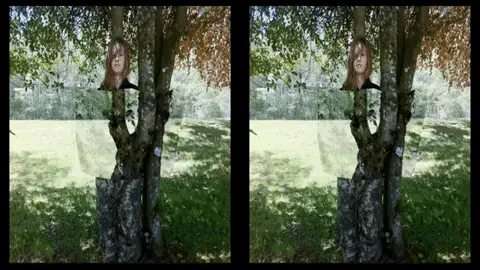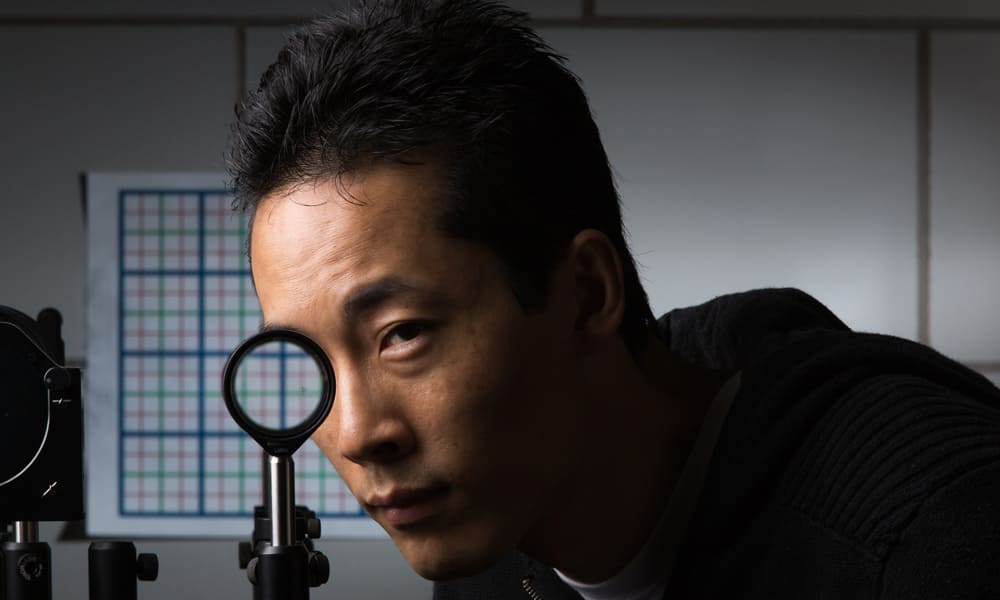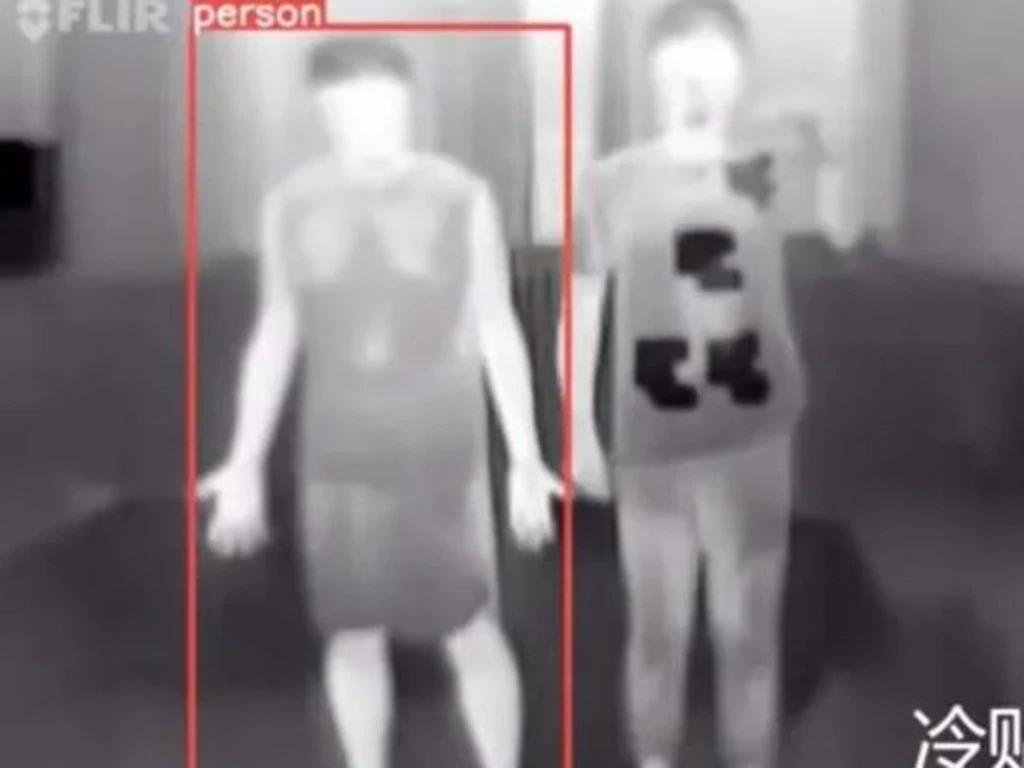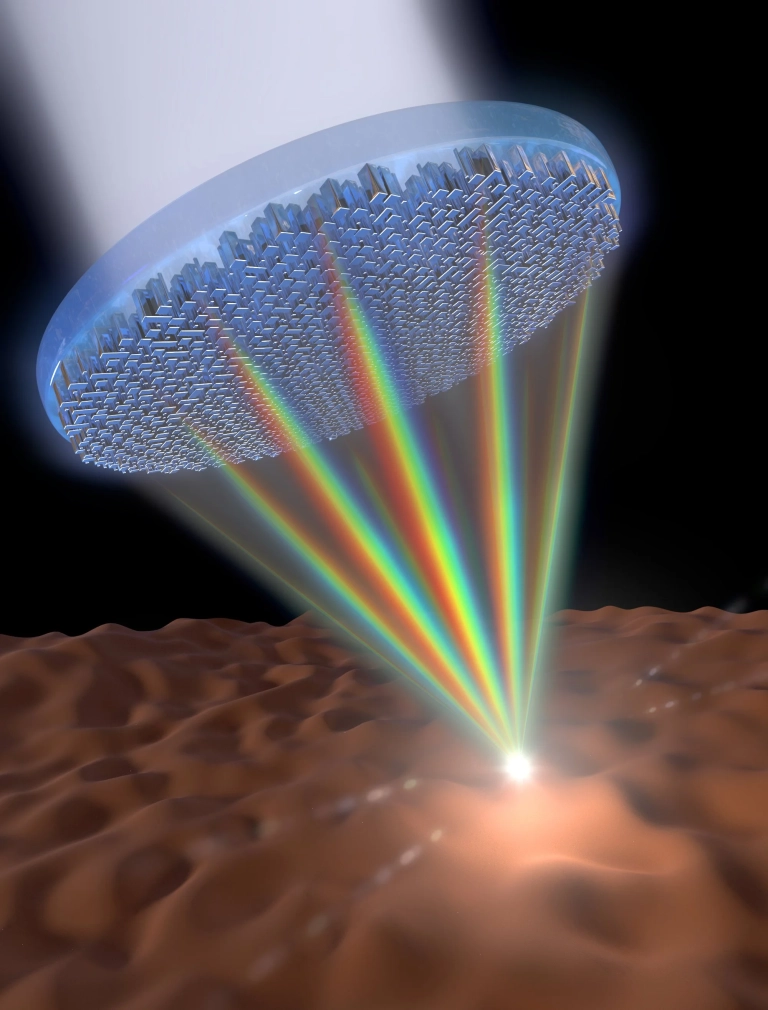
Have you ever dreamed of the ability to roam the world without being seen? While the idea of invisibility has long fascinated human imagination, it seemed confined to the realms of science fiction. However, recent advancements in optical technology have brought us closer to our very own real-life invisibility cloaks.
Although not nearly as impressive or easy to use as the cloaks shown in Star Trek or Harry Potter, these yet early devices are redefining the meaning of the word stealth.
How does an invisibility cloak work?
“Visibility depends on the action of the visible bodies on light. Either a body absorbs light, or it reflects or refracts it, or does all these things. If it neither reflects nor refracts nor absorbs light, it cannot of itself be visible.” – H.G. Wells, The Invisible Man
At its core, invisibility technology relies on manipulating light waves, which are responsible for our visual perception. Researchers have developed innovative approaches that bend and redirect light, effectively concealing objects from view.
However, achieving a full-blown invisibility cloak across the entire visual spectrum is a huge challenge. Previously, scientists have made fighter jets invisible to radar and made thermal invisibility jackets that hide soldiers from enemy thermal cameras. But to conceal something from the naked eye as if it never was there requires some serious engineering.
Normally, when light interacts with an object, it is either absorbed or reflected, making the object visible. True transparency would require light to pass through an object undisturbed, as if it were not there. To achieve this, a cloaking device would need to redirect light from all directions around the object, so that it appears invisible from any angle.
Metamaterials, engineered materials with unique properties not found in nature, play a pivotal role in creating invisibility cloaks. By designing these materials with carefully arranged nanostructures, scientists can control the behavior of light waves. This field, known as transformation optics, allows for the manipulation of light around an object, making it appear invisible.
Metalenses, on the other hand, are thin lenses that can focus light of various wavelengths onto the same point, overcoming the limitations of traditional lenses.
Several cloaking mechanisms have been proposed and developed to achieve invisibility. One approach involves bending light around an object, creating a “cloak” that renders it optically transparent. Another method utilizes the redirection of light, making an object appear as if it were not there. These techniques require precise control over the speed, direction, and intensity of light waves to achieve the desired effect.
Examples of invisibility cloaks
While true invisibility cloaks are still in the realm of scientific research and development, there have been notable advancements and demonstrations in the field.
Quantum Stealth
One of the most interesting invisibility cloak prototypes comes from Hyperstealth Biotechnology, a Canadian manufacturer of military-grade camouflage uniforms. In 2019, the company unveiled “Quantum Stealth”, a paper-thin material that bends light around a target of any size from soldiers to tanks and ships. Moreover, the cloaking not only works for visible light but also against infrared and shortwave infrared light, making Quantum Stealth a broadband invisibility cloak.

This unparalleled versatility is made possible by employing lenticular lenses, typically seen in 3D bookmarks or collectible cards. In the case of Quantum Stealth, these lenses remain clear and unprinted. By layering multiple lenticular sheets with different lens distributions, the material can refract light at numerous angles, creating “dead spots” that prevent light from passing through and effectively concealing the subject while keeping the background unaffected.
The Rochester cloak

Other notable advancements include the Rochester Cloak, which uses a system of lenses to disappear small objects. Developed in 2014 at the University of Rochester, this particular cloaking device uses four standard lenses in a unique configuration. The end result is three-dimensional, continuously multidirectional cloaking, which works across the visible spectrum.
This means that the device can hide an object from view regardless of the viewer’s position relative to it. The team accomplished this feat by carefully selecting the lens type, power, and distance between the lenses.
During one experiment, the scientists placed the cloaked object in front of a grid background. As the researchers changed their viewing angle, the grid shifted as if the cloaking device did not exist. The grid lines behind the cloaked object remained continuous and matched the background in terms of magnification and spacing. And unlike previous designs, which resulted in visible shifts in the background, this new device ensures that the background remains undisturbed, thereby enhancing its effectiveness.
While the current device showcases significant advancements, there are still areas for improvement. First of all, you can’t turn this setup into an invisibility suit because the optics are complicated and inflexible. The researchers acknowledge that the cloaked region currently resembles a doughnut shape due to the way light is bent and sent through the center of the device. However, they have developed more intricate designs to address this limitation. Furthermore, the cloak exhibits edge effects, although these can be mitigated by using larger lenses.
Copper rings cloak from Duke
Engineers at Duke University are responsible for the world’s first functional cloaking device, which they unveiled in 2006. However, the device suffered from an issue related to reflections, which reduced its overall efficiency. In 2012, the researchers devised an improved design that addresses this critical concern and takes us closer to harnessing the full potential of controlled light transmission.
One of the primary challenges faced in the development of the original cloak was the loss of waves due to reflections at the boundaries of the device. These reflections, akin to the ones seen on clear glass, disrupted the seamless cloaking effect. The upgraded cloak retains the row-by-row design of the original, but now incorporates additional copper strips to create a more intricate and high-performing metamaterial.
The device, measuring approximately two feet square, forms a diamond shape with an empty center. By carefully positioning each strip to meet its mirror image at each interface, the Duke researchers successfully mitigated the reflections that plagued earlier versions. However, this cloak only achieves invisibility in 2-D and at a certain angle.
An invisibility cloak for security cameras

A team of Chinese graduate students has managed to outsmart security cameras with a breakthrough invention. Meet InvisDefense, an unassuming coat designed to render its wearer virtually invisible to AI-monitored cameras.
InvisDefense possesses the extraordinary ability to render the wearer indistinguishable to surveillance cameras while remaining visible to the naked eye. The secret lies in its meticulously crafted pattern, cleverly configured to evade detection by AI algorithms.
“Security cameras using AI technology are everywhere. They pervade our lives,” said Wei Hui, the computer science graduate student at Wuhan University who designed the coat’s core algorithm. “Our privacy is exposed under machine vision.”
“We designed this product to counter malicious detection, to protect people’s privacy and safety in certain circumstances.”
During daylight hours, cameras primarily rely on motion and contour recognition to identify human bodies. By adorning the surface of InvisDefense with a specially designed camouflage pattern, the coat cunningly disrupts the machine vision’s recognition algorithm, leaving cameras incapable of discerning the wearer as a person.
As darkness descends, the challenge intensifies as cameras switch to infrared thermal imaging. To counter this, InvisDefense integrates irregularly shaped temperature-controlling modules on its inner surface, generating a unique thermal pattern that bewilders the infrared camera, further cloaking the wearer from prying eyes.
While not a visible spectrum invisibility suit, this design is so ingenious that it’s worthy of a mention on our list. And in addition to its transformative impact on personal privacy, InvisDefense holds promise in domains such as anti-drone warfare and human-machine engagement on the battlefield.
Metalenses

A breakthrough in 2018 involved the use of titanium-based nanofins in metalenses, allowing them to bend light by the necessary amount to achieve invisibility. While previous metamaterials could not cover visible light wavelengths, the combination of metalenses and metamaterials shows promise in extending invisibility to the visible-light spectrum.
This advancement in metalenses offers the potential to create visible-light cloaking devices, where light of different wavelengths can be manipulated to render objects invisible. While the technology is not yet fully developed, it represents a significant step towards achieving real-life invisibility cloaks in the near future.
The Invisibility Shield

The Invisibility Shield uses a precision-engineered lens array that cleverly manipulates light. By redirecting the majority of the light reflected from the subject away from the observer, the shield effectively camouflages the person behind it. This redirected light is then spread sideways across the face of the shield, creating the illusion of a background instead of the person who should be visible.
According to Invisibility Shield Co., their shields perform at their best when used against uniform backgrounds. Natural settings like foliage, grass, and the sky, as well as man-made features such as rendered walls, sand, rails, or painted lines, offer the perfect canvas for these remarkable shields. In these scenarios, the background light is expertly diffused, making the shield incredibly effective at concealing its wearer.
The future of invisibility cloaks
In the military domain, cloaking technology could revolutionize stealth operations, rendering military assets invisible to radar or surveillance systems. Additionally, in the field of optics, invisibility techniques can enhance the efficiency of telescopes, microscopes, and other imaging devices.
While we may not witness Harry Potter-like invisibility cloaks anytime soon, the strides made in this field are undeniably impressive. Ongoing research and collaboration between scientists, engineers, and material specialists hold the promise of further breakthroughs in the future. Invisibility technology might someday become an integral part of our lives, revolutionizing various industries and transforming the way we perceive the world.


